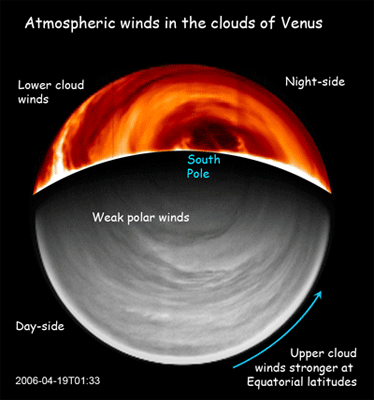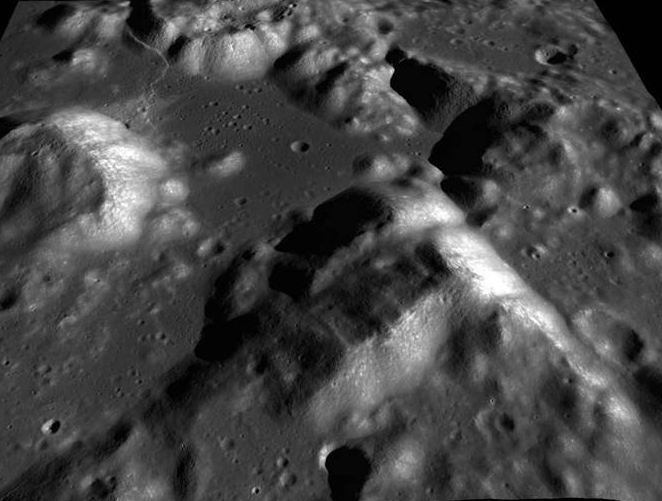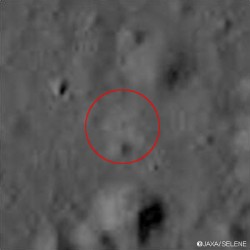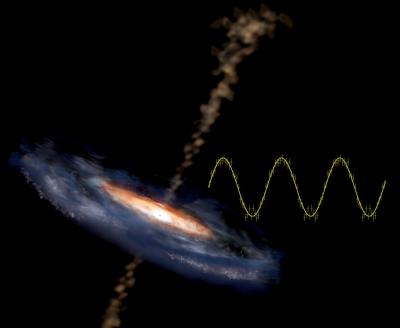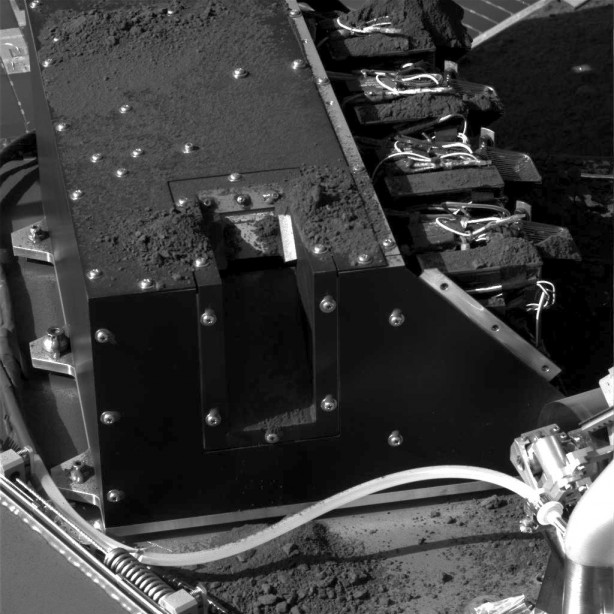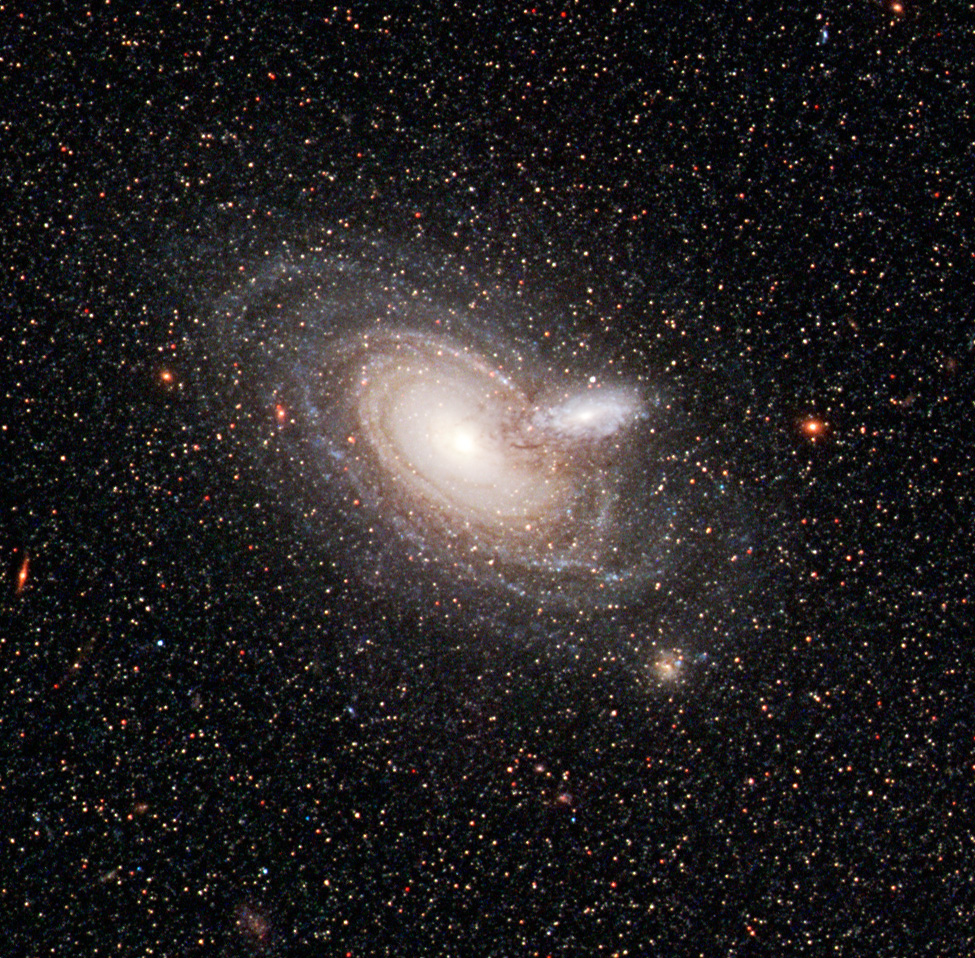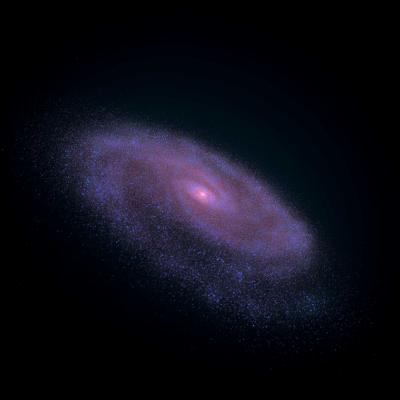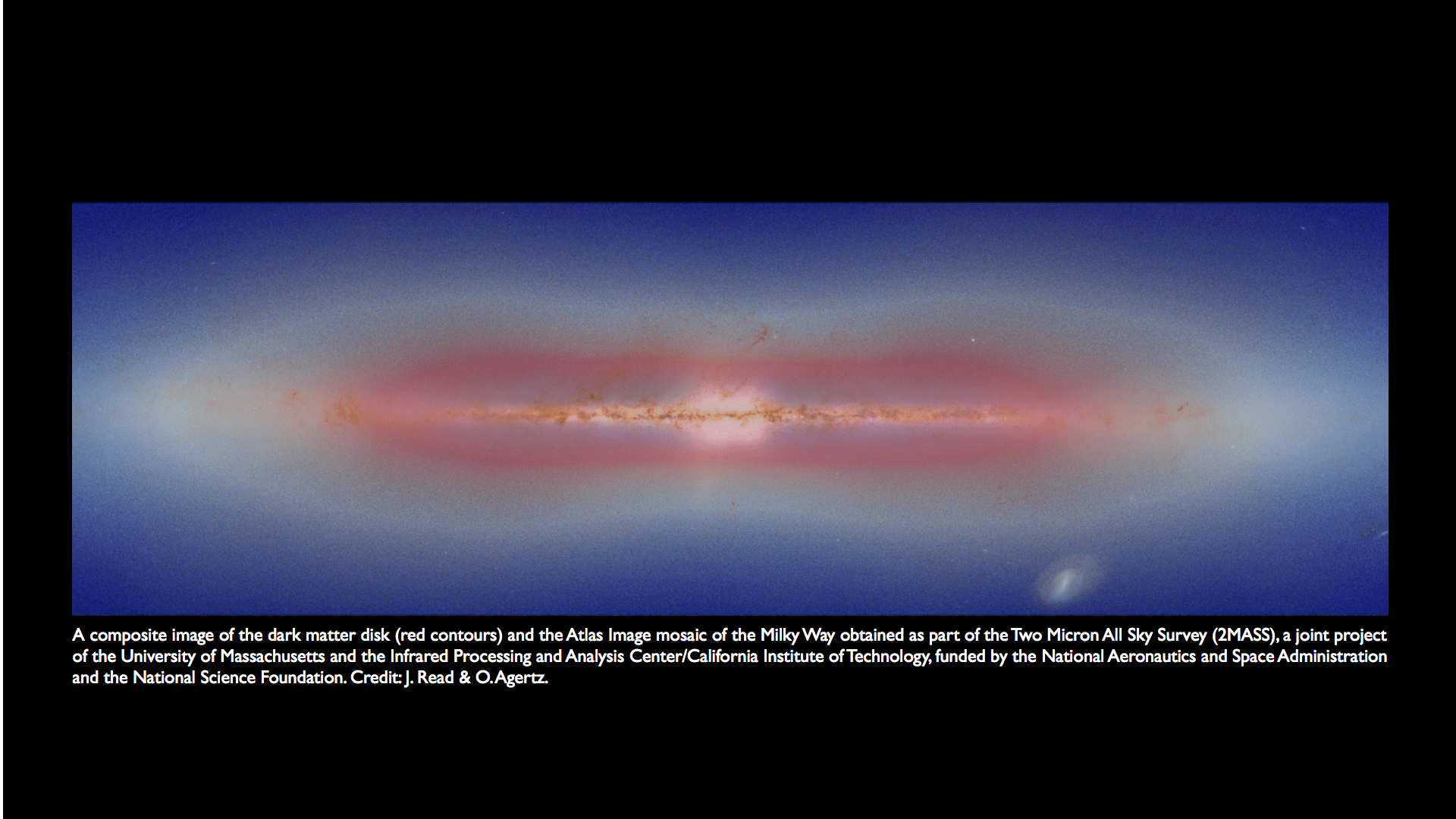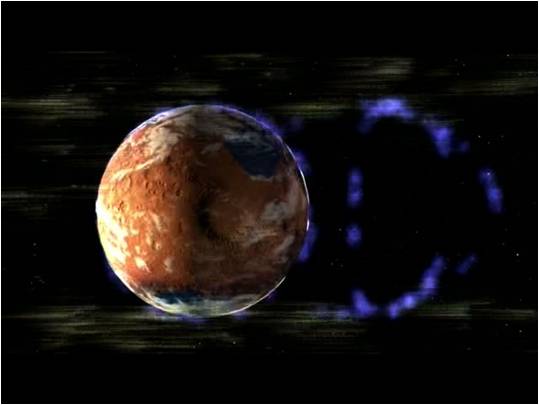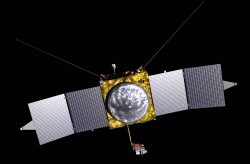[/caption]
The Venus Express spacecraft has been continuously monitoring the planet in orbit since 2006, and scientists now have enough data to start building a complete picture of the planet’s atmospheric phenomena. They have put together a 3-D picture of Venusian winds for the southern hemisphere. It was known that the winds on Venus are extremely fast and powerful, but what was not known was their extreme variability. The winds are highly influenced by the sun, as well as an unusual and unknown mechanism that seems to re-set itself every five days.
The Venus Express Visual and Infrared Thermal Imaging Spectrometer, VIRTIS, has been studying the thick blanket of clouds that surround Venus, gathering data on the winds. The area studied spans altitudes of 45 to 70 km above the surface and covers the entire southern hemisphere, up to the equator. It is above the southern hemisphere that Venus Express reaches its highest point in orbit (about 66 000 km), allowing the instruments to obtain a global view.
Agustin Sánchez-Lavega, from the Universidad del PaÃs Vasco in Bilbao, Spain, led the research on 3-D wind mapping with data from the first year of VIRTIS observations. “We focused on the clouds and their movement. Tracking them for long periods of time gives us a precise idea of the speed of the winds that make the clouds move and of the variation in the winds,†he said.
The spacecraft has the ability to peer through Venus’s thick atmospheric layers and obtain a truly global picture. The scientists tracked three atmospheric layers and followed the movement of hundreds of clouds in each layer.
In total, the team tracked 625 clouds at about 66 km altitude, 662 at around 61 km altitude, and 932 at about 45-47 km altitude, on the day and night sides of the planet. The individual cloud layers were imaged over several months for about 1-2 hours each time.
“We have learnt that between the equator and 50-55Ëš latitude south, the speed of the winds varies a lot, from about 370 km/h at a height of 66 km down to about 210 km/h at 45-47 kmâ€, said Sánchez-Lavega.
“At latitudes higher than 65Ëš, the situation changes dramatically – the huge hurricane-like vortex structure present over the poles takes over. All cloud levels are pushed on average by winds of the same speed, independently of the height, and their speed drops to almost zero at the centre of the vortex.â€
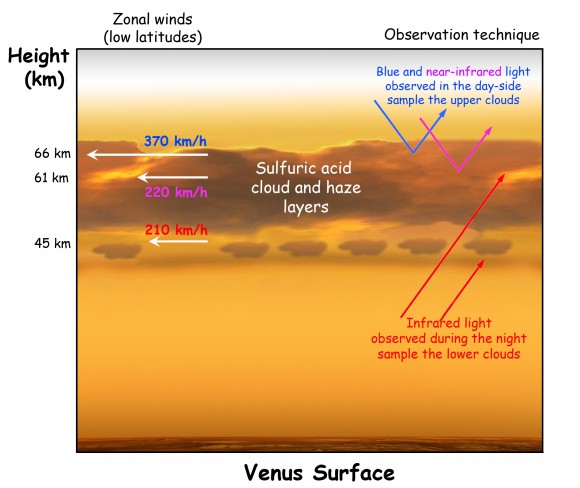
Sánchez-Lavega and colleagues observed that the speed of the zonal winds (which blow parallel to the lines of latitude) strongly depend on the local time. The difference in the Sun’s heat reaching Venus in the mornings and in the evenings – called the solar tide effect – influences the atmospheric dynamics greatly, making winds blow more strongly in the evenings.
Most unusual was the finding that, on average, the winds regain their original speeds every five days. But the mechanism that produces this periodicity needs further investigation. VIRTIS will continue its observations in an effort to understand the mechanism, as well as getting more precise readings on the variability of the Venusian winds.
Source: ESA

